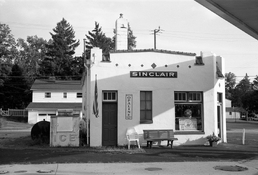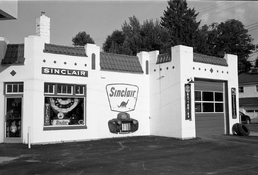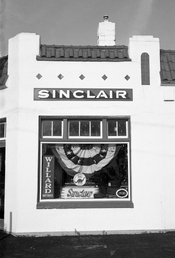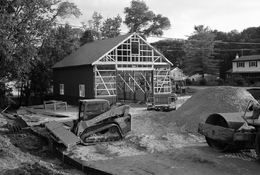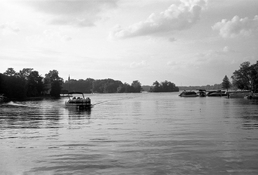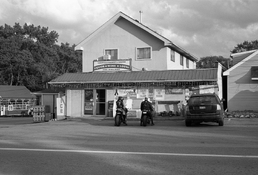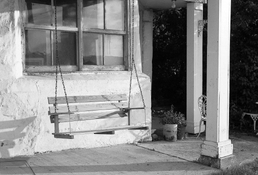Hunter_Compton
Member
One last thing to check- the hinge pins. Are both pins on each side seating, sliding to the outer edge? Sometimes a pin will not seat. This could leave the back canted slightly (very slightly). The back is actually part of the spool positioning, as you can see by the small wear marks from the edge of the spools. So maybe the back wasn't quite seated, and maybe this would let the spool wobble a bit and spread some uneven tension into the film?
Pure speculation.
Both pins on each side are locking properly and the pressure plate seems normal.
I'm not in doubt it most likely had to do something with my re-spooling of the film, it's just a matter of determining what exactly and how to avoid it in the future.
Also, while I have the group's attention, I figured I'd ask a question I've never been certain about. I have always assumed that the correct way to load the film is over the two small rollers that hold the supply spool in place, as seen here:
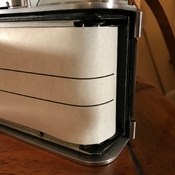
You could in theory run it under these, as below, but that seems like it would distort the film more than anything, so I assume this is wrong.

None of the Kodak manuals are specific on this point, they say to thread the paper over the rollers, but it isn't clear if that means all of them, or just those adjacent to the film gate, nor do they illustrate this part.
In any case, it would seem even when loaded the first way, the film/backing paper having only the outer edges on these small rollers would pose the most likely chance of the film distorting, and I do notice that the Medalist II changed this so that it was an additional solid roller rather than two, one on each end. Any thoughts?




